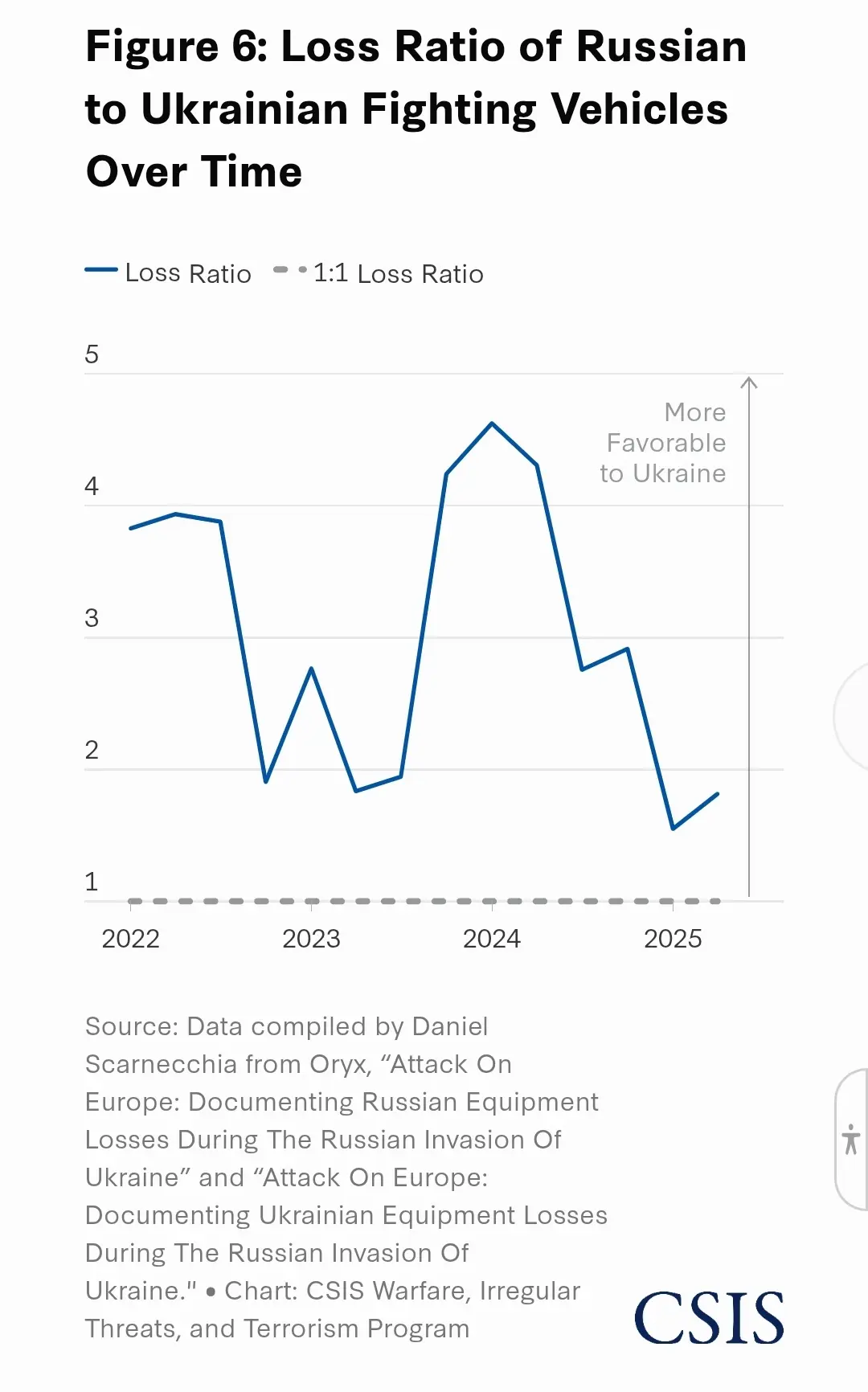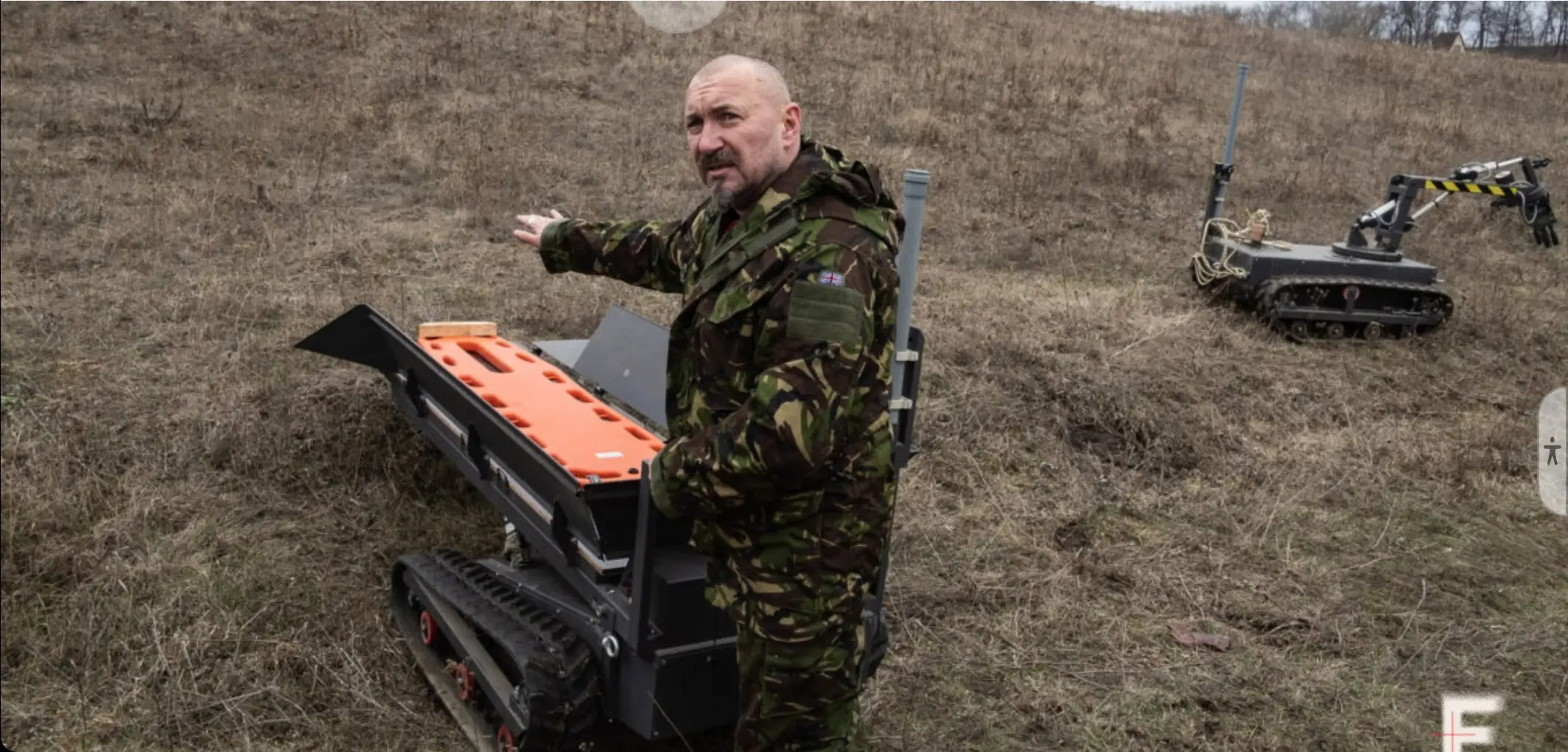In response to these challenges and the accelerating depletion of armored vehicle reserves, Russian forces have increasingly relied on small tactical units using concealed movement to reduce the risk of detection. However, this comes at the cost of mobility and operational flexibility. Once discovered, such groups are often quickly eliminated by drone or artillery strikes. Even when they achieve tactical success, their ability to exploit defense breakthroughs are seriously limited when operating on foot.
This needs to be bolded, because I am sure there is going to be some unintentional or intentional propaganda about "New Russian Motorbike Tactics" and while I recognize that I am sure Russia is innovating with motorbike tactics this is also just a brutal waste of human life being done blatantly.
In otherwords, they are using motorbikes instead of APCs sometimes simply because they don't have any APCs.

the reason this line started going down after 2024 isn't because Ukraine began to lose/stopped going on the offensive, it is because Russia no longer has enough armored vehicles to lose them in battle at a statistically significant rate compared to Ukraine's practically available and functional armored vehicles.
https://www.csis.org/analysis/russias-battlefield-woes-ukraine
That being said, I do think autonomous, unmanned dirt bikes will radically change the battlefield once someone figures it out. Forget robotic dogs, or even unmanned ATVs, dirtbikes are sooooo much more agile and all of the disadvantages of a dirt bike as a weapon basically go away once you make it electric and autonomous so that the vulnerability aspect isn't a risk to a human operator.
You can get devastating results if you can convince 30 people on dirtbikes to charge an entrenched position at fullspeed, but it isn't going to work out long term because your lifespan doing those kind of tactics becomes very short and what ends your life will be totally random and out of your control no matter how experienced you are as a soldier. However, if 30 people are driving autonomous dirtbikes... well all of a sudden that isn't an issue anymore and it simply becomes a question of the cost of attrition in autonomous dirt bikes that will be lost for attaining a given objective.
It would look pretty weird because you would need a dynamically shifting counter weight to keep the dirt bike stable, but I imagine it would be easier than making a walking robot dog...?

